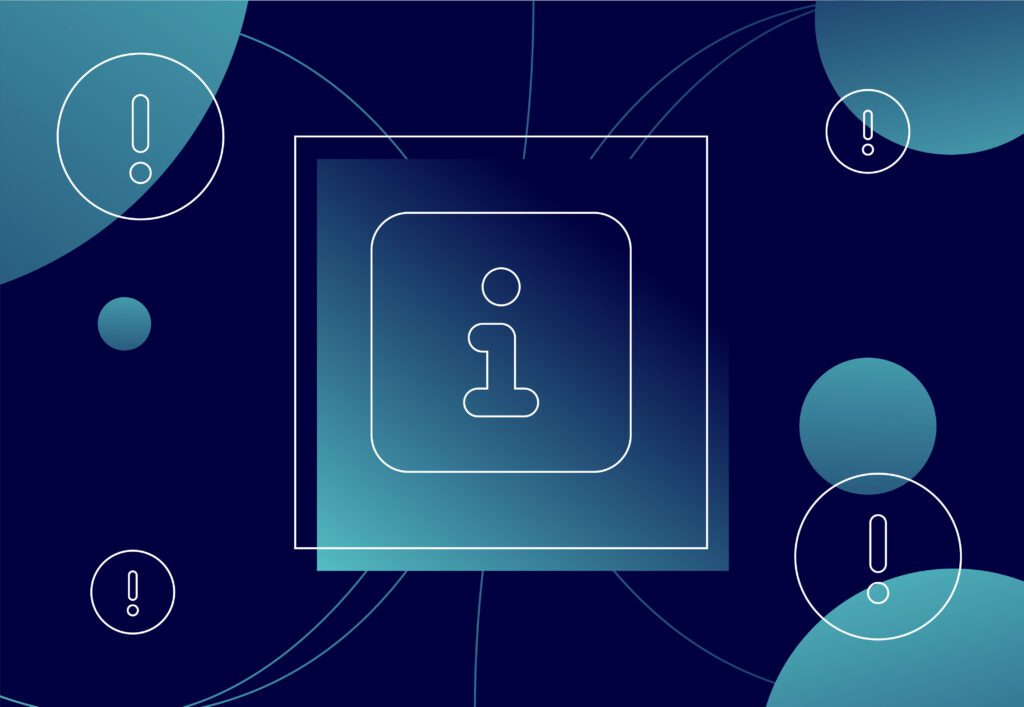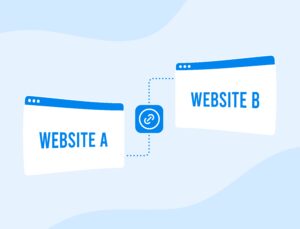
Everything to know about the Google Penguin algorithm

In 2012, Google made a significant update in technical SEO history and introduced the Penguin algorithm to take manipulative link-building practices to task. Named the ‘webspam algorithm update’, it specifically targeted link spam and suspicious link-building methodology.
Since it was first released, Google Penguin has changed in order to keep up with the way we use linking – and has since been absorbed into the core Google algorithm as a real-time feature. Although the downgrades aren’t as frequent as a result, they still can be hit in a partial and site-wide format, which is why it’s key to keep it in mind.
In this blog, our team of experts will touch on the who, what, and why around Google Penguin – giving you everything you need to know about this update.
What is Penguin and what does it target?
Amy Leach, Organic Lead at Embryo said:

“The Google Penguin Update is another one of the most significant updates in SEO history.
“The update was targeted at reviewing and filtering out websites which were primarily carrying out manipulative link building techniques, known as link schemes.
“Prior to the Penguin update, the industry put a huge emphasis on gaining backlinks in every way they could, all in return for higher rankings. But following the update, thousands of sites were penalised and wiped from the SERPs.
“With more focus now on Content Marketing and Digital PR strategies across the industry, overall authority building is a lot more natural across the industry.”
So now we’ve pinned what Penguin actually is, it’s time to look at what it targets.
In a nutshell, Google Penguin specifically targeted websites that were found to be using manipulative link-building tactics – all in a bid to boost their search ranking.
Although it’s hard to see at first glance, the following activities can all be classed as part of a scheme:
- Buying backlinks (especially in bulk)
- Link exchanges with irrelevant websites
- Keyword stuffing in anchors
Google Penguin hopes to identify those suspicious websites that demonstrate unnatural link profiles, including backlinks in huge numbers or low-quality sources.
The initial launch and history of Google Penguin
Google estimated that the initial introduction of Penguin impacted 3% of search results.
These are some important changes that followed its first release:
Google Penguin 2.o, May 22nd 2013– Penguin begins to look deeper into a site, developing technically to look past the homepage and pillar pages.
Google Penguine 3.0, October 17th, 2014- this update was simply a data refresh, which is how Penguin used to work before becoming part of the algorithm. By refreshing the data, websites who’d changed their practices could recover, and new websites with dodgy backlinks were spotted.
Google Penguin 4.o, September 23rd, 2016– Penguin becomes part of Google’s core algorithm, which means it evaluates a site in real-time rather than refreshing its data.
Some other important things to note about Penguin:
- It’s not exactly a penalty- Penguin is algorithmic, so does not involve a Google webmaster specifically pinpointing your site as spammy. While it can cause a drop in the rankings, it is different from a penalty.
- Good news, you can recover- patience and adjustment are your best friend for recovery. You can revive your site ranking by implementing best practices as soon as possible.
- Penguin is now more granular- Penguin’s algorithm behaving more granularly means it prevents whole domains from being punished. Instead, it’s single web pages and only parts of your website that will drop in rankings.
How to avoid getting on thin ice with Penguin

Moving forward, Penguin is now an integrated part of the core algorithm. Although it’s stepped down, this means that it is always checking links and downgrading ‘unnatural’ profiles.
Natural link building- Want to stay clear of Penguin? Only ever acquire links in a natural way, by creating top-quality content that people will want to read.
Link-worthy content- People seek out informative, engaging, and trusted content – so focus on creating well-researched articles, infographics, or even videos that directly address your users’ problems.
Quality over quantity- Prioritise getting a number of high-quality backlinks from trusted and relevant websites. These are always going to be more valuable than loads of random low-quality links. If you have in the past purchased any links, or used methods that go against Google’s guidelines, then you should remove these from your site promptly.
Check your backlinks- There are several SEO tools available to help you track your backlinks, but that doesn’t mean you shouldn’t be manually checking your profile for suspicious links. Google provides a disavow tool to help you out by letting you remove any spammy links.
How can I tell if my site has been hit by the Penguin algorithm?
First things first, you should check your traffic. If you’ve seen a significant drop in organic traffic, there’s a chance you’ve been downgraded by Penguin, and it’s time to look at where things have gone wrong.
As mentioned, checking your backlinks is key and you can see if any unlawful links have been missed. It’s also worth checking for a manual penalty in case Google is targeting a specific page for spammy backlinks. Google Search Console gives you valuable insights about manual actions you should be taking, so check for any notifications.
Moving forward with Penguin

While Penguin isn’t a separate update anymore, it’s still a key part of Google’s algorithm. So let’s take a closer look at what we can expect from Penguin and its impact on SEO in the upcoming months and years.
Refined tactics- Although Penguin initially targeted specific link-building tactics, within its new form as part of the algorithm itself, it likely goes above and beyond – focusing on the overall quality and relevance of backlinks.
Natural link acquisition- As such, your strategies will still demand that links are gained organically. Strategies like guest blogging on relevant sites, creating content people want to link to, and building relationships both on and offline are key.
Quality content- Producing quality content means you’ll include keywords naturally and links will fit perfectly with specific anchor text instead of forcing them in to boost your metrics. Content that’s designed with a user in mind rather than the goal of spamming backlinks is much better for your credibility and natural link-building. Remember, Penguin is just one of the hundreds of ways Google determines your rank, so the priority (as said by Google) is creating ‘amazing, compelling websites’.
UX first- Let’s be clear: Google’s primary goal is to deliver an exceptional search experience. While not directly working with ranking factors, crafting content that meets user needs and designing a website with excellent usability can also impact your site’s performance in SERPs.
Tried, tested, and trusted- Google’s commitment to transparency and reliability remains steadfast. Establishing a reputable website with a strong, positive online presence will enhance the value of your backlinks in Google’s assessment.
The Embryo approach
If you want to safeguard your website against punishment and maintain a strong position in search rankings, make sure you keep the learnings from Google Penguin in mind.
But what if you aren’t sure where to start? With years of experience in creating specialised content plans and SEO strategies for our clients, we know what it takes to make your website’s foundations strong enough for top-level SEO.
To get key insights into your existing SEO position – or to get your content journey started – get in touch with us today!
Deeper insights